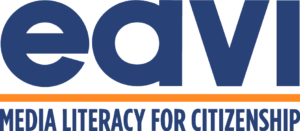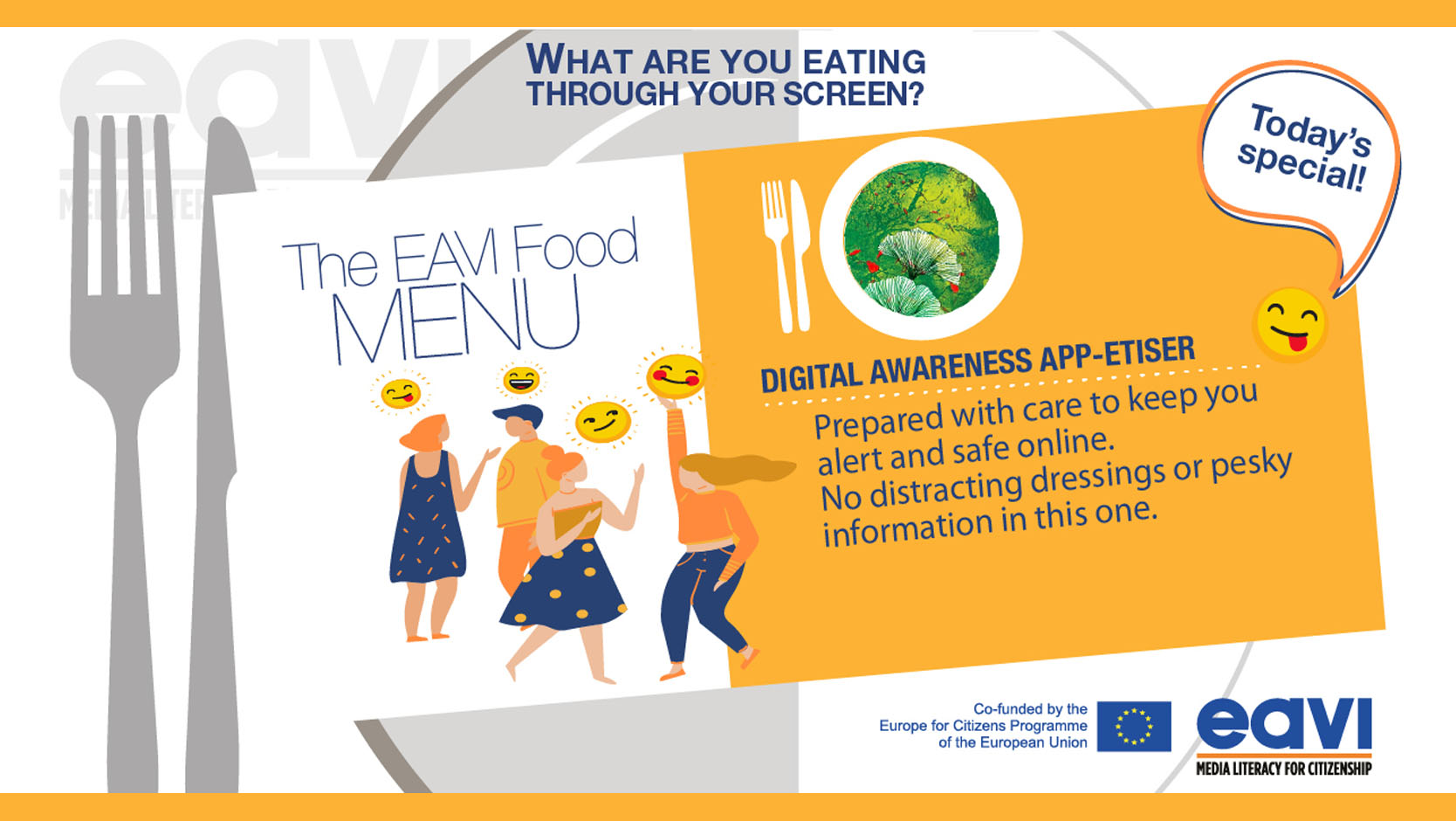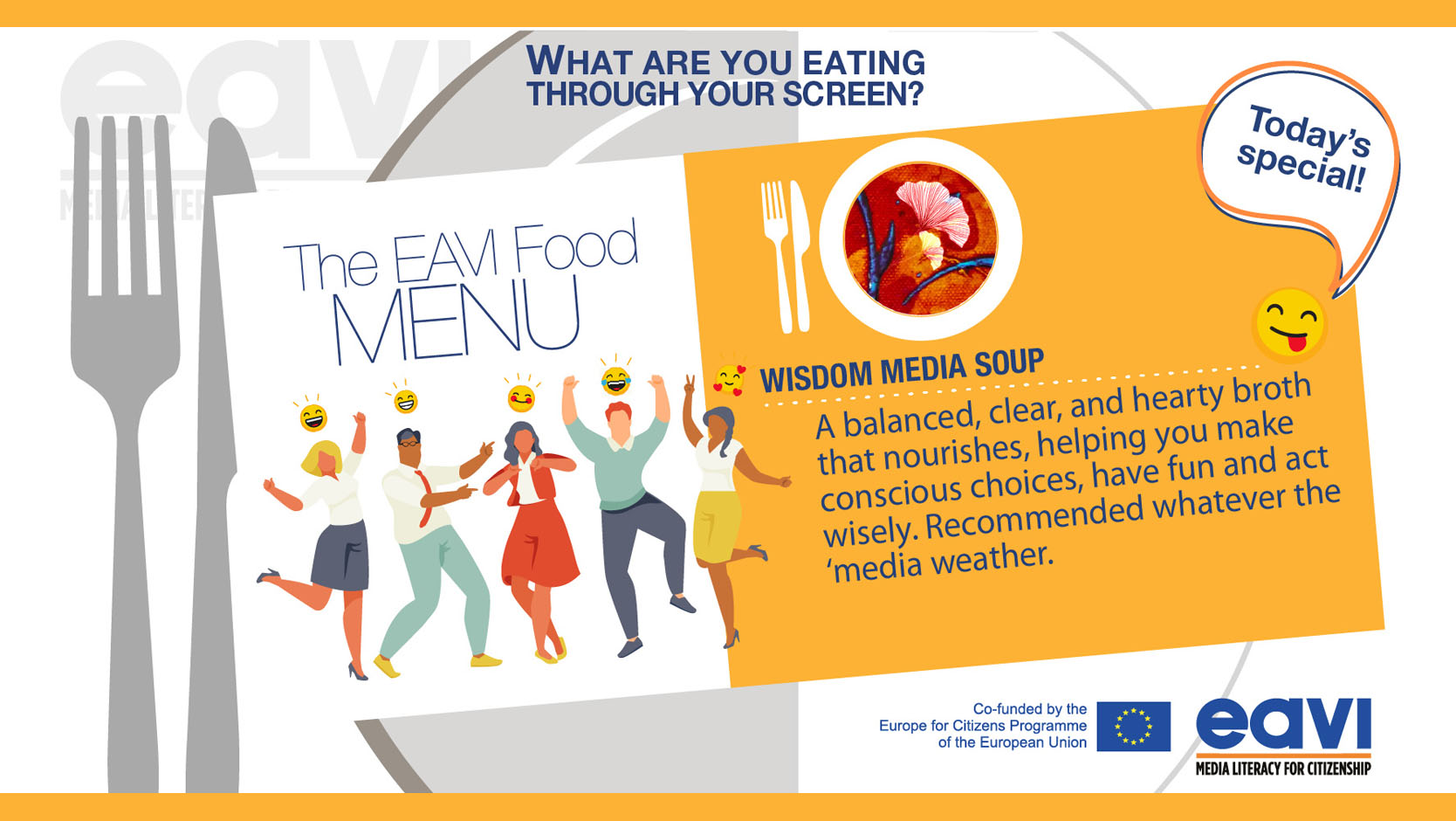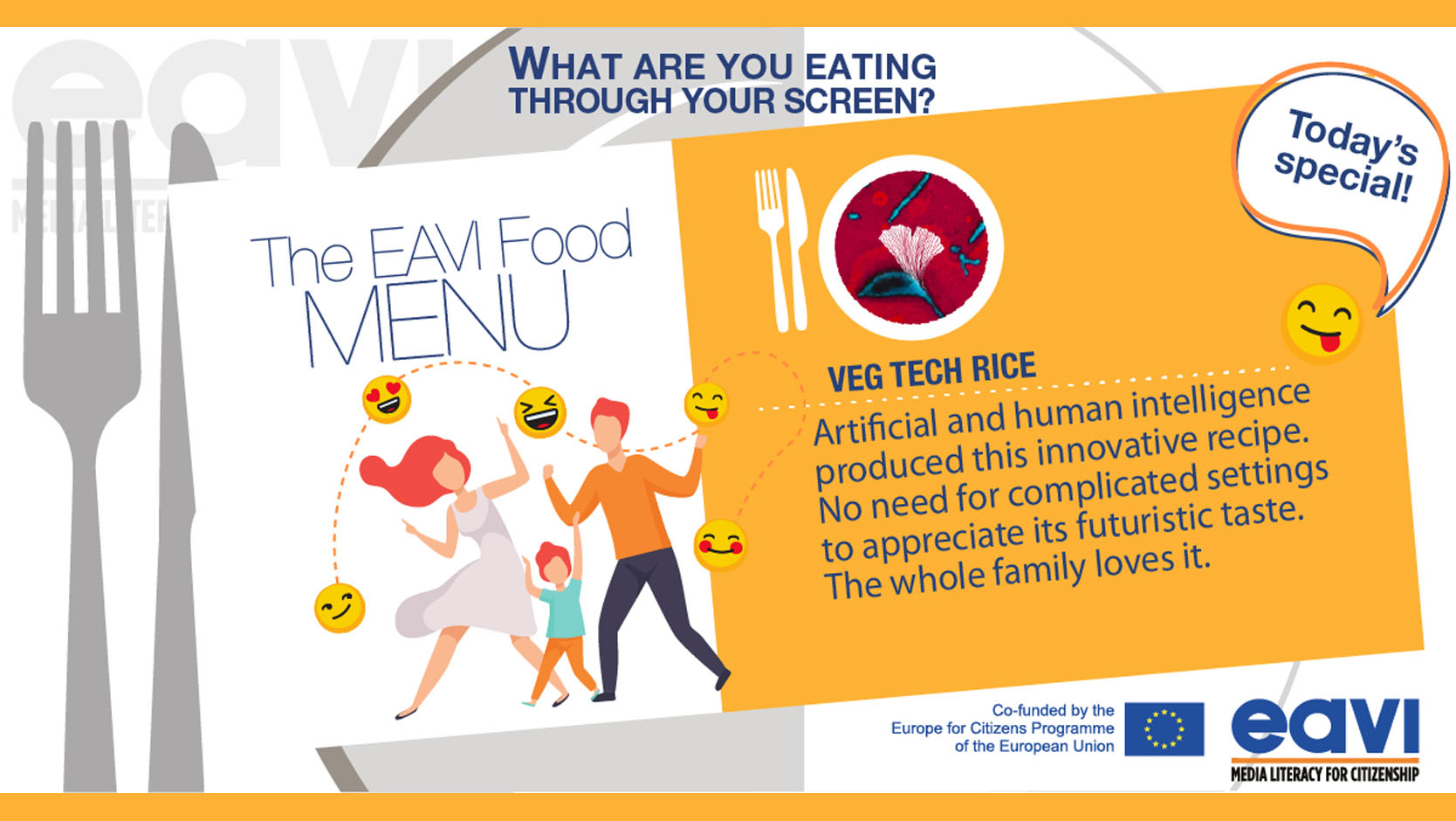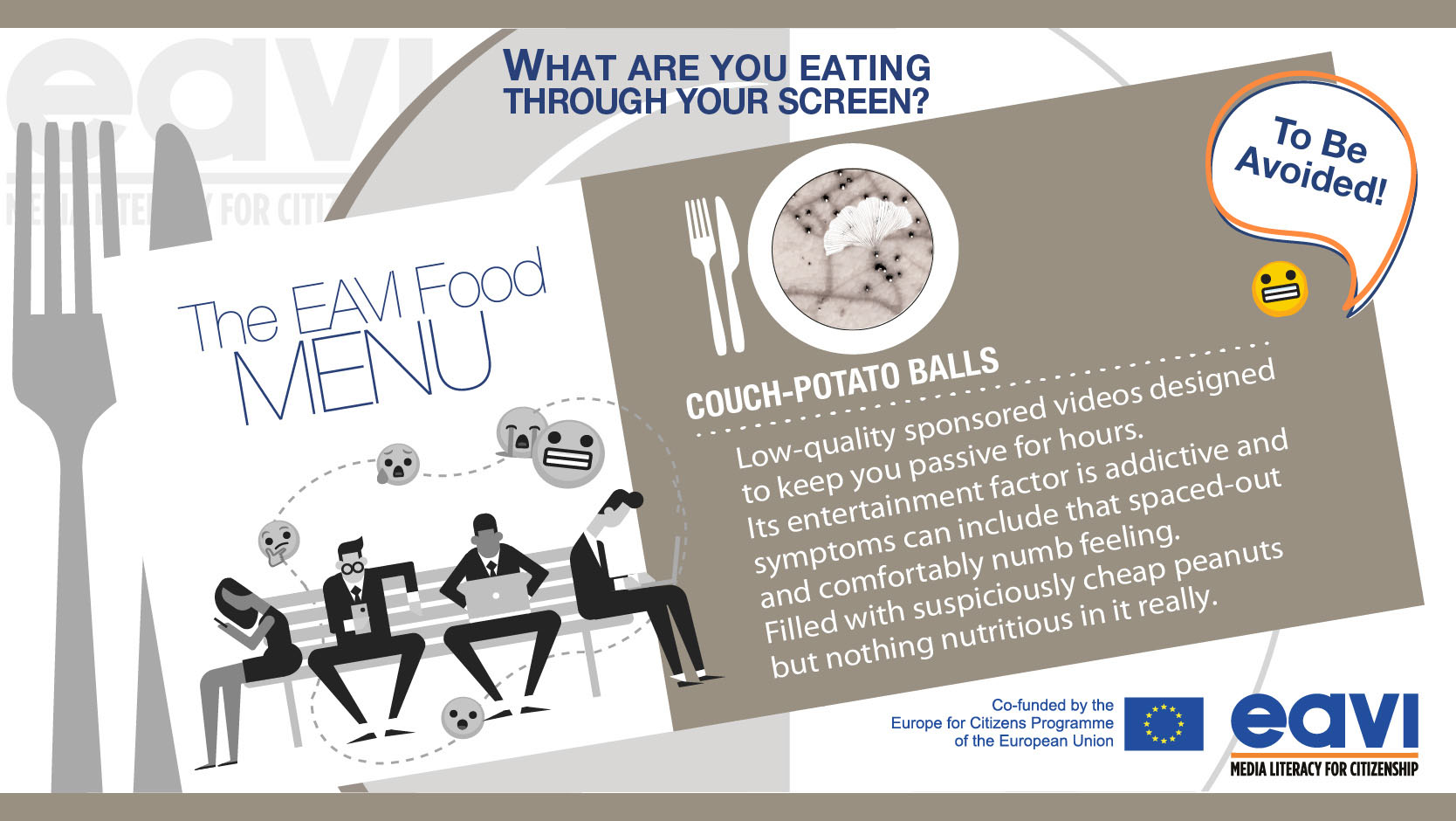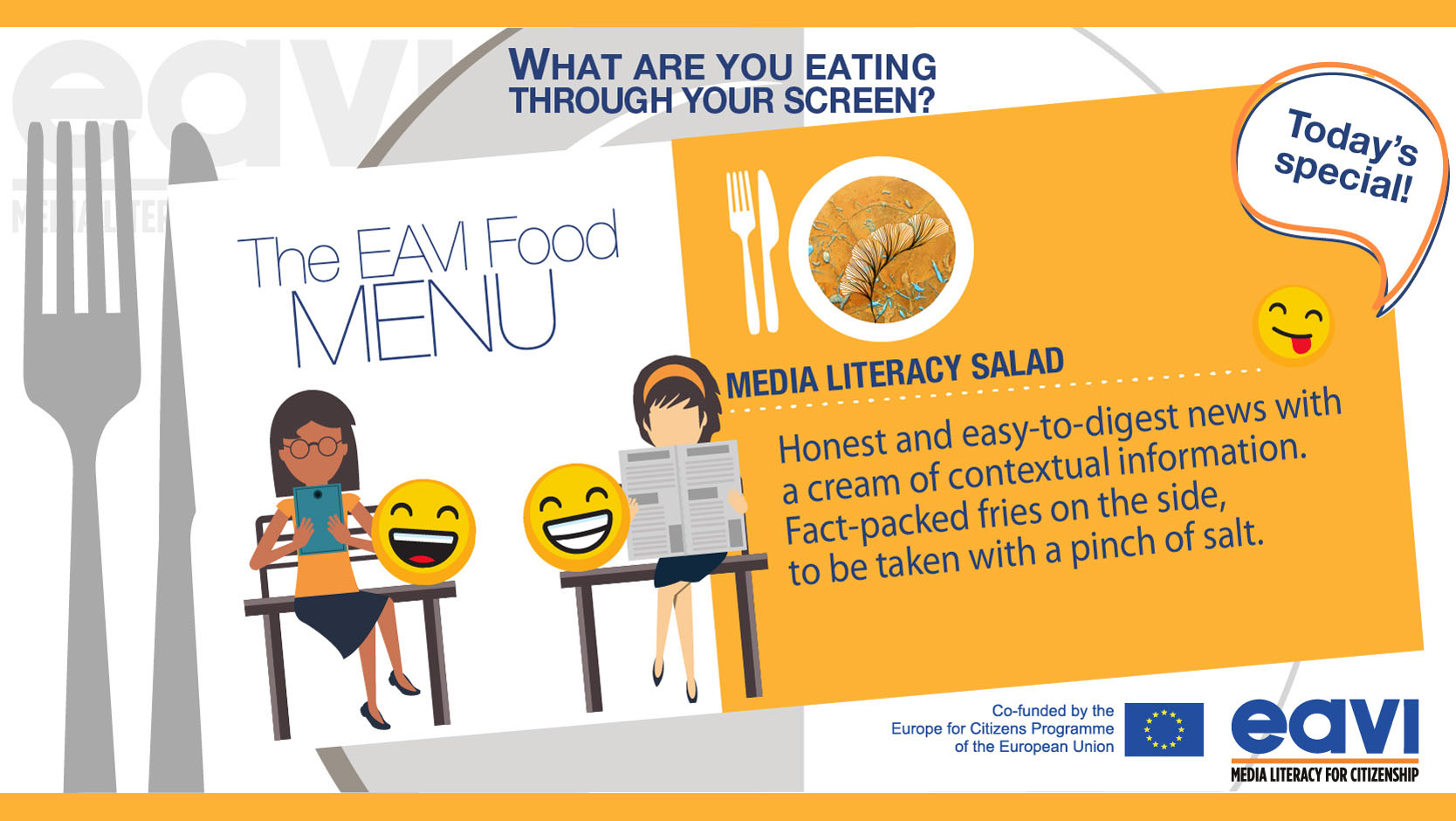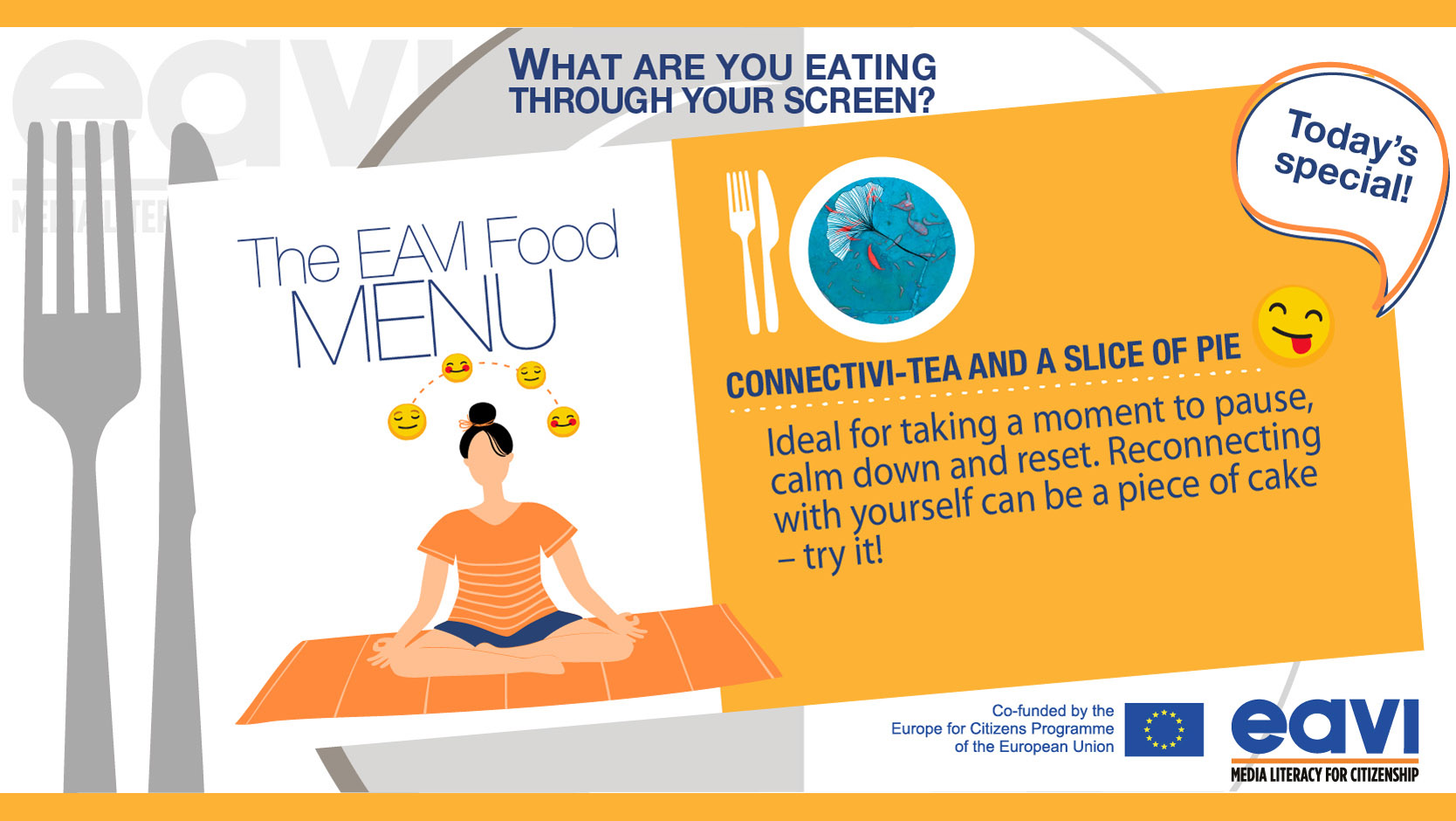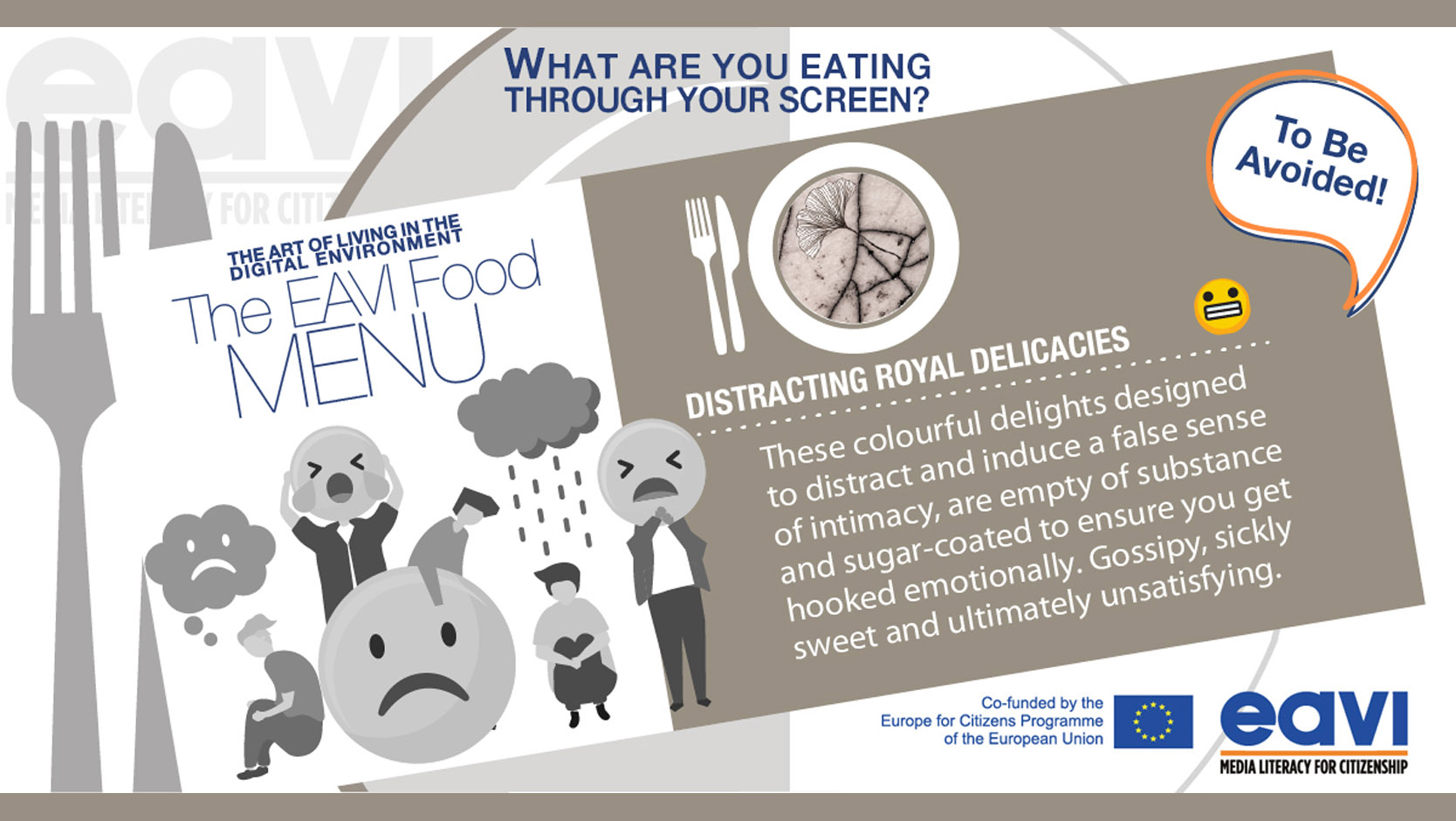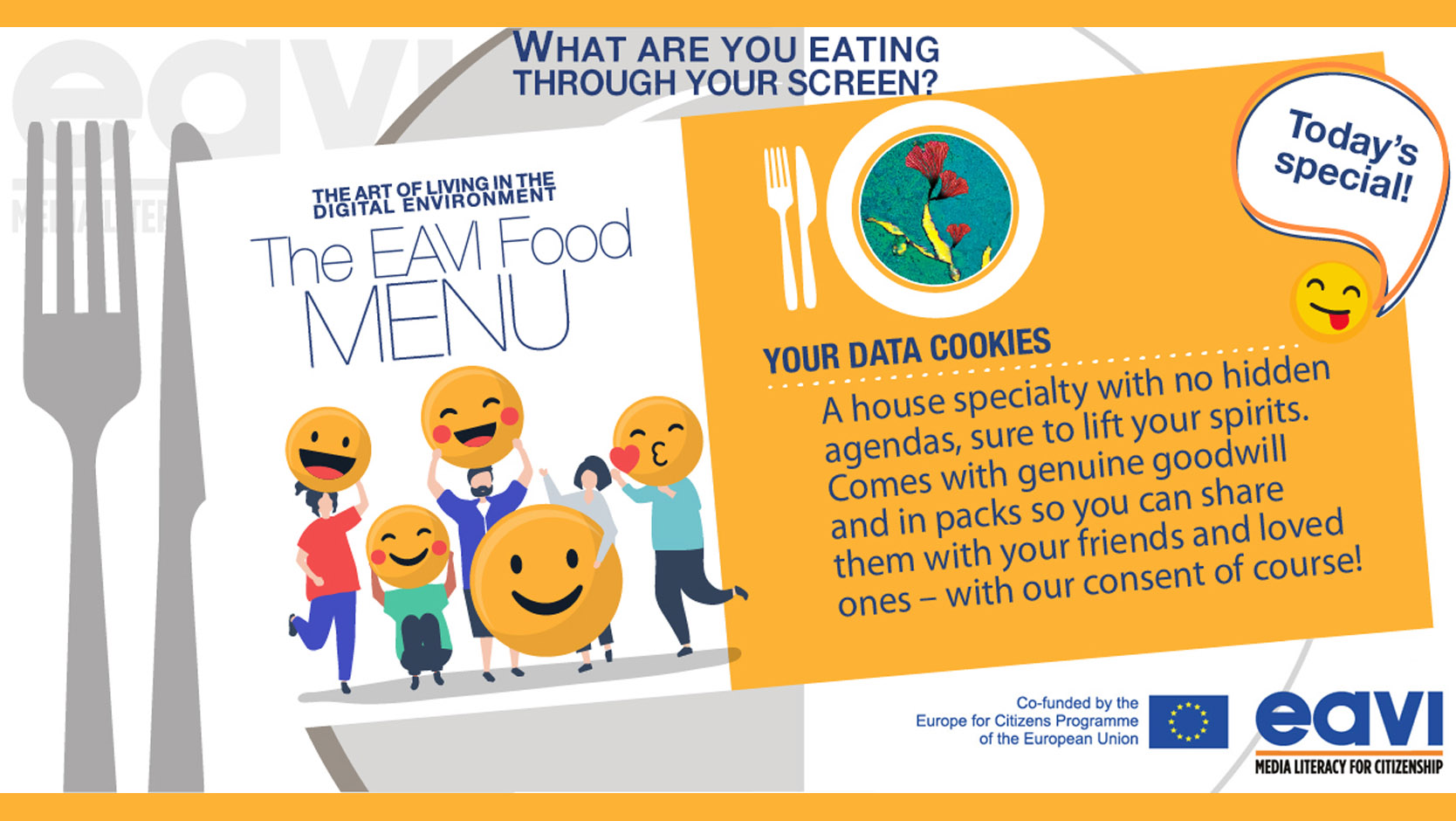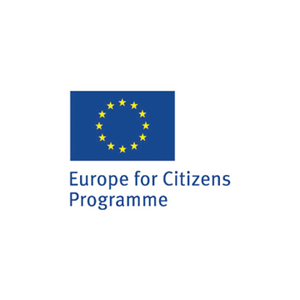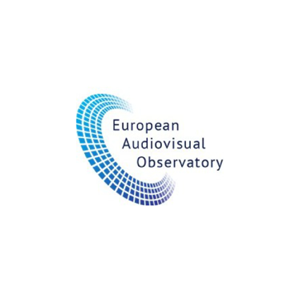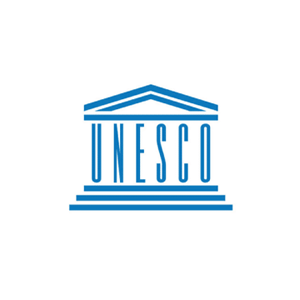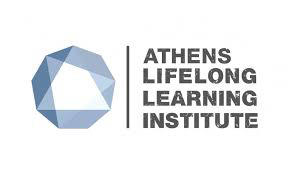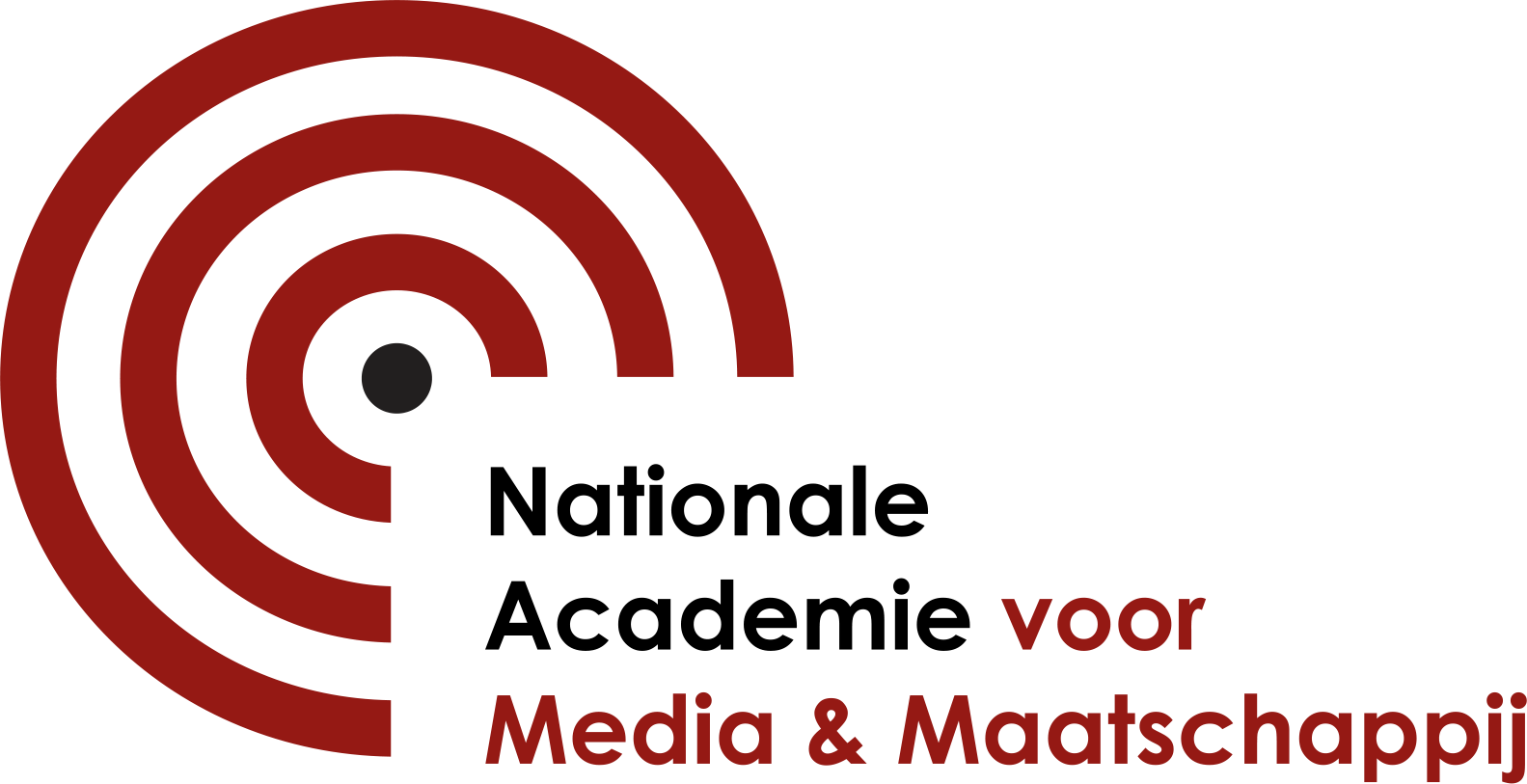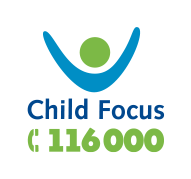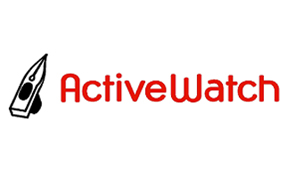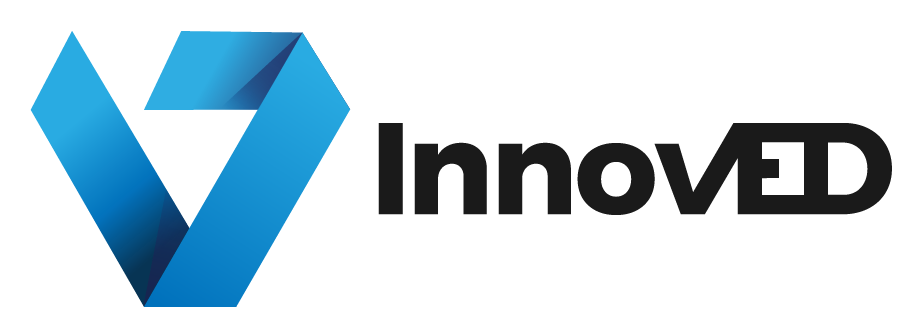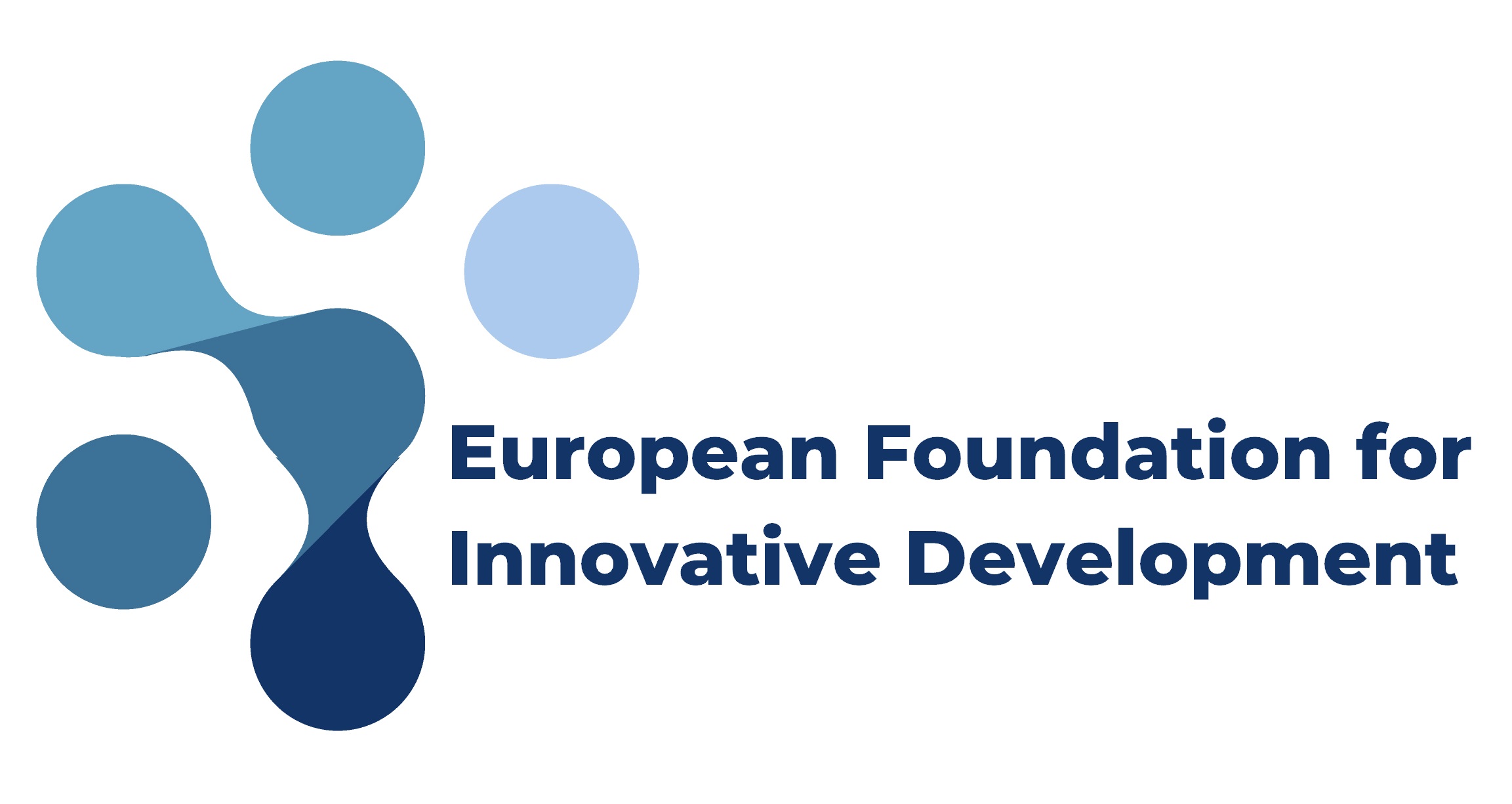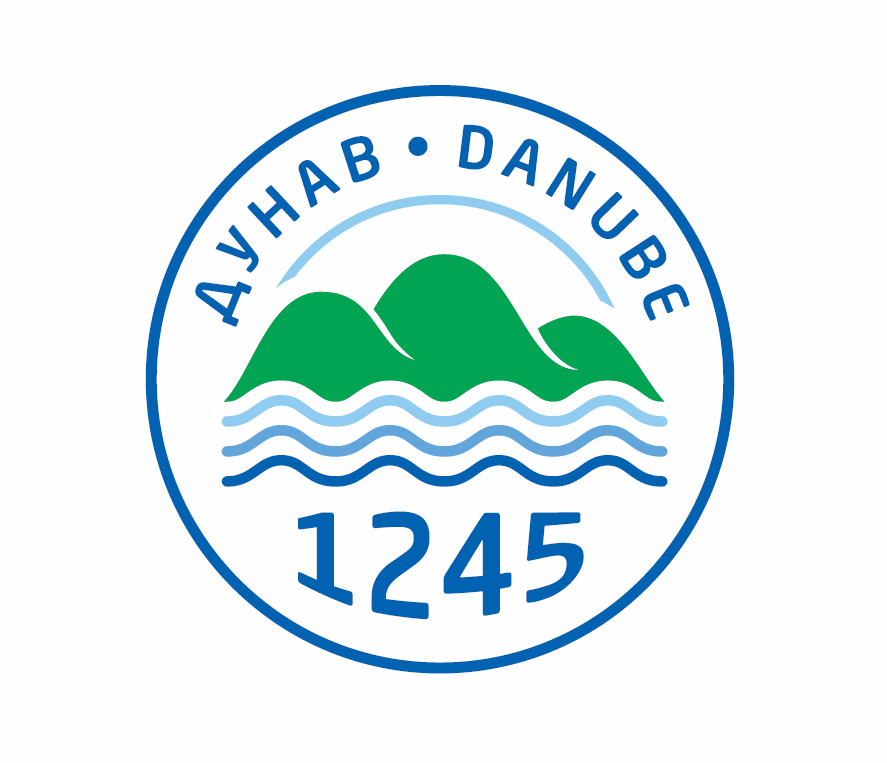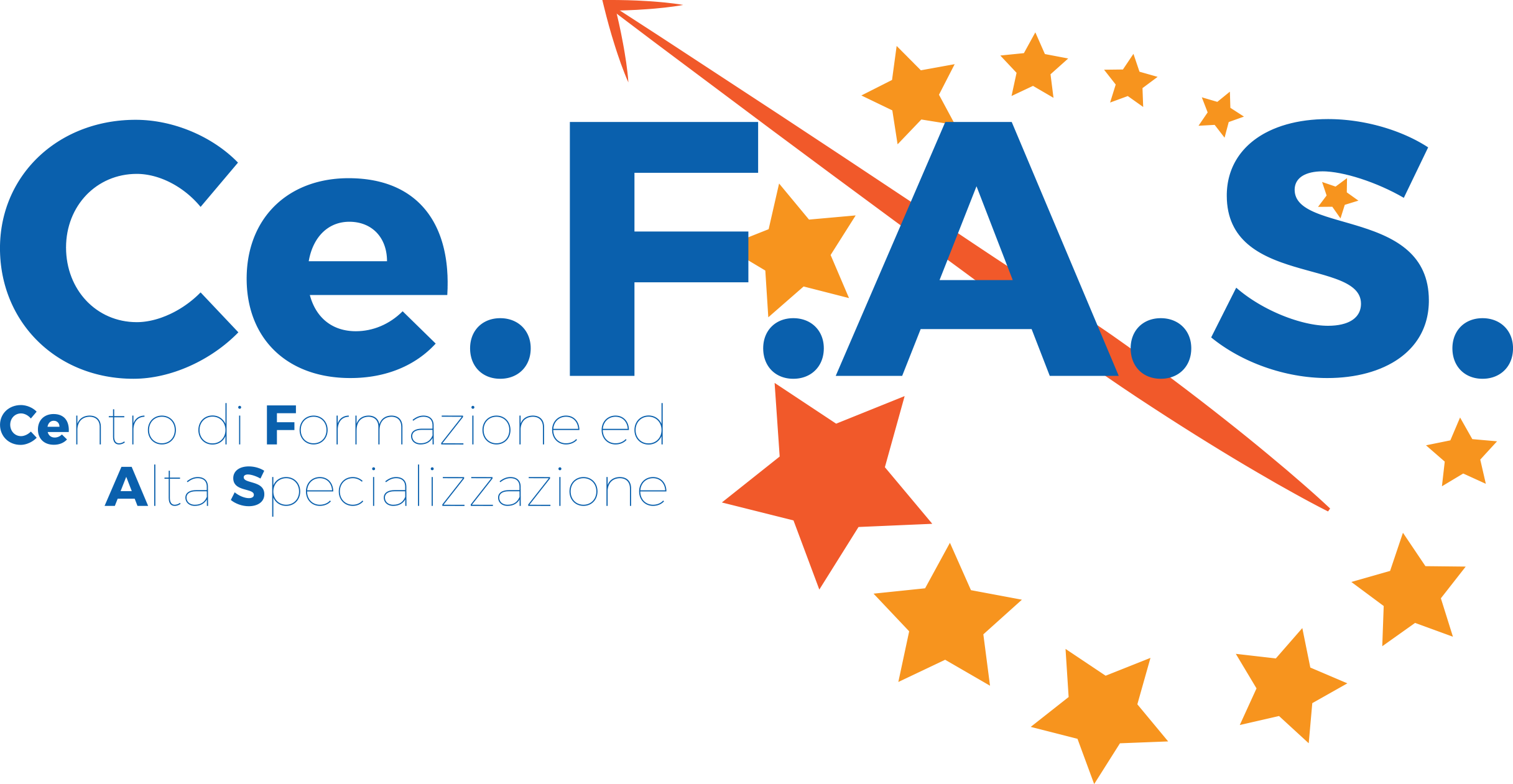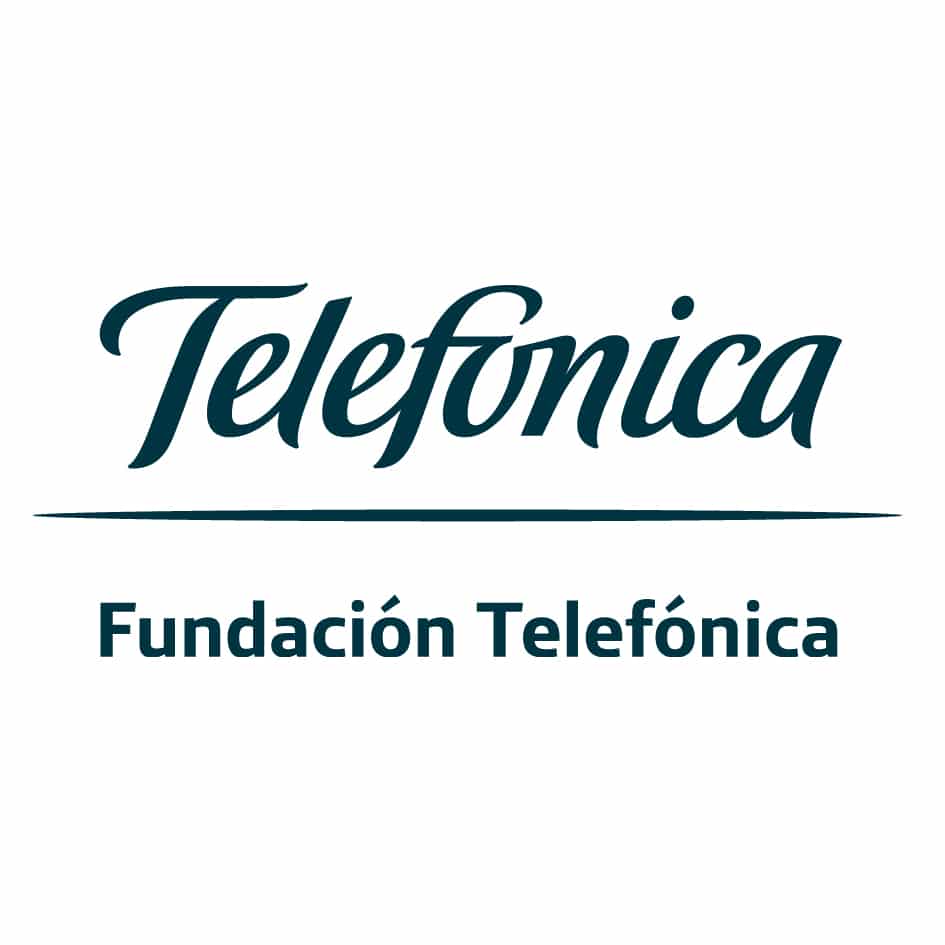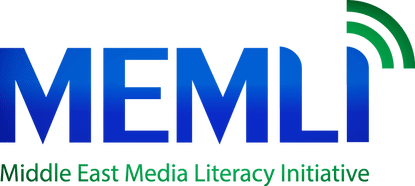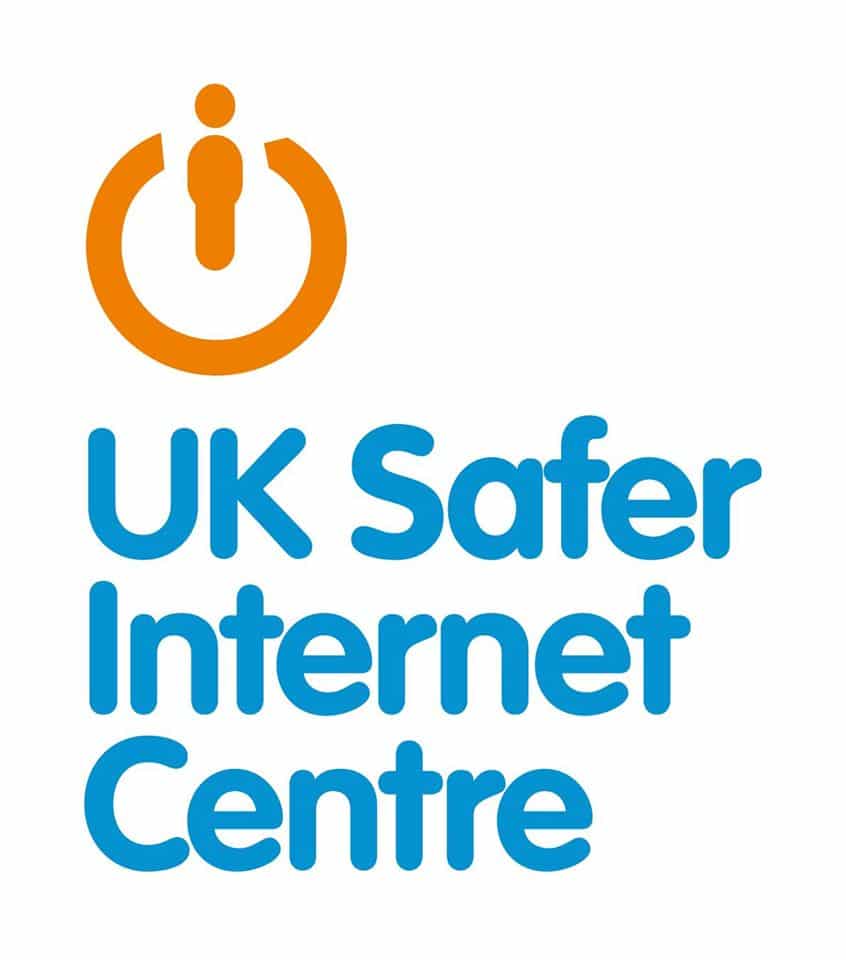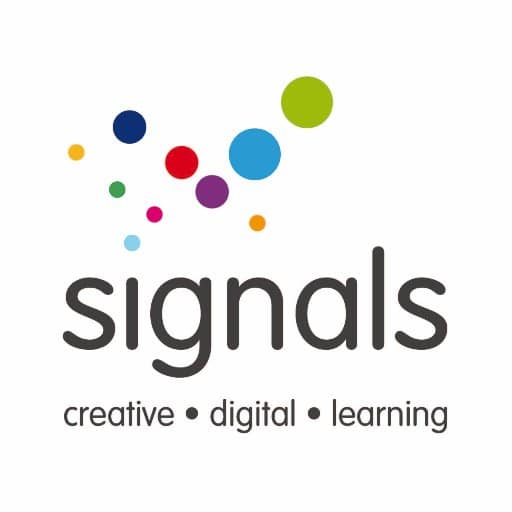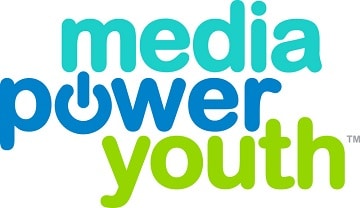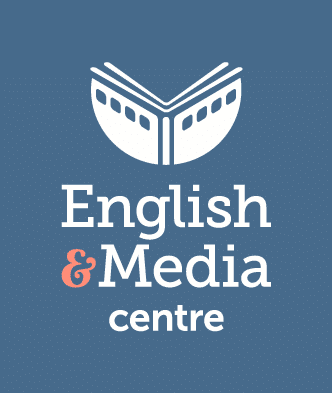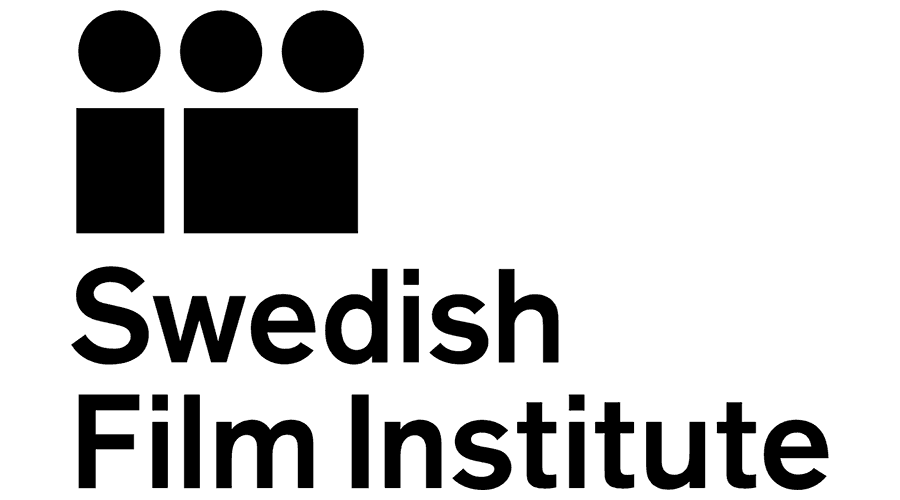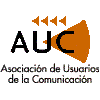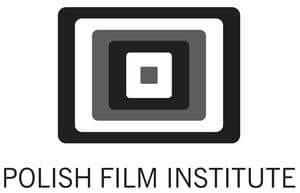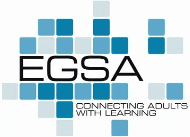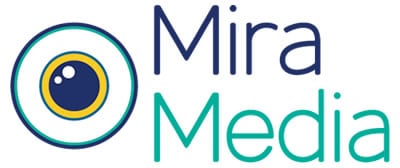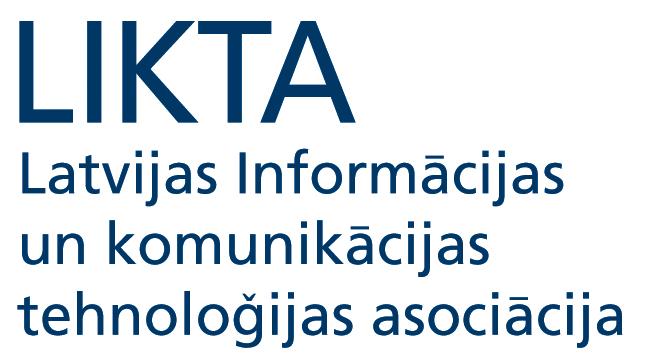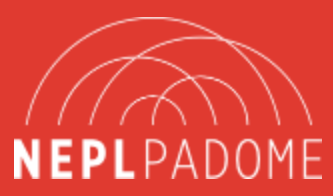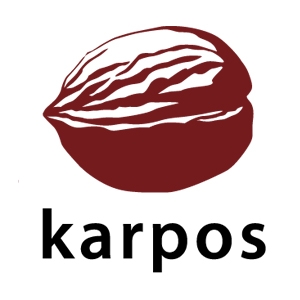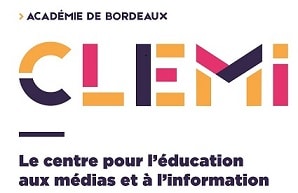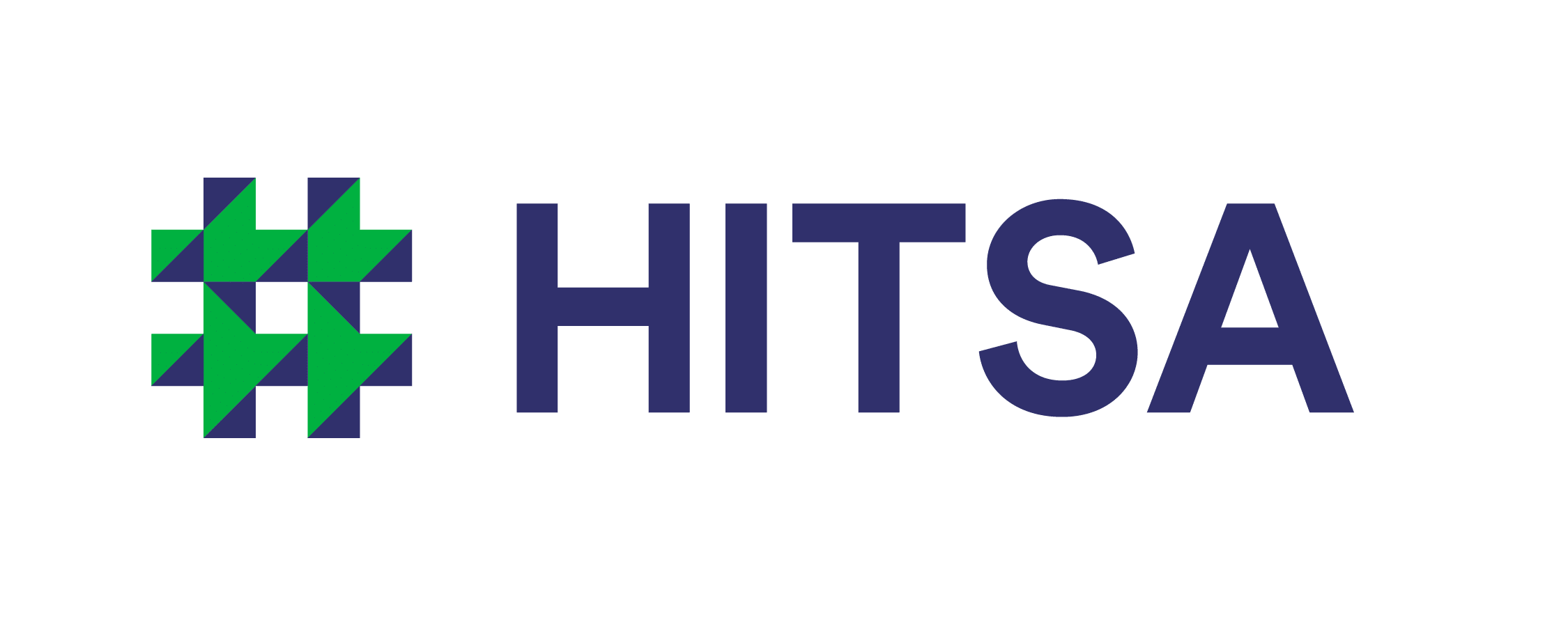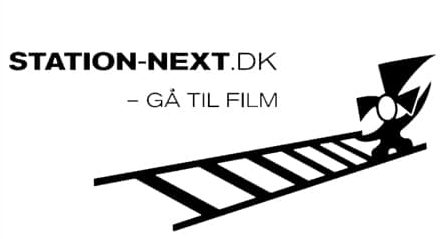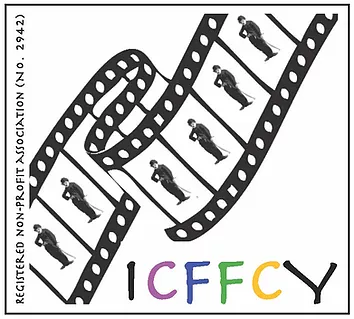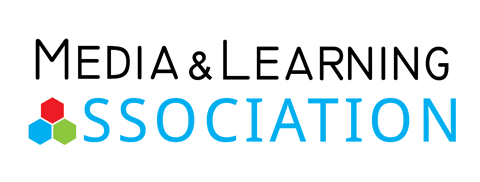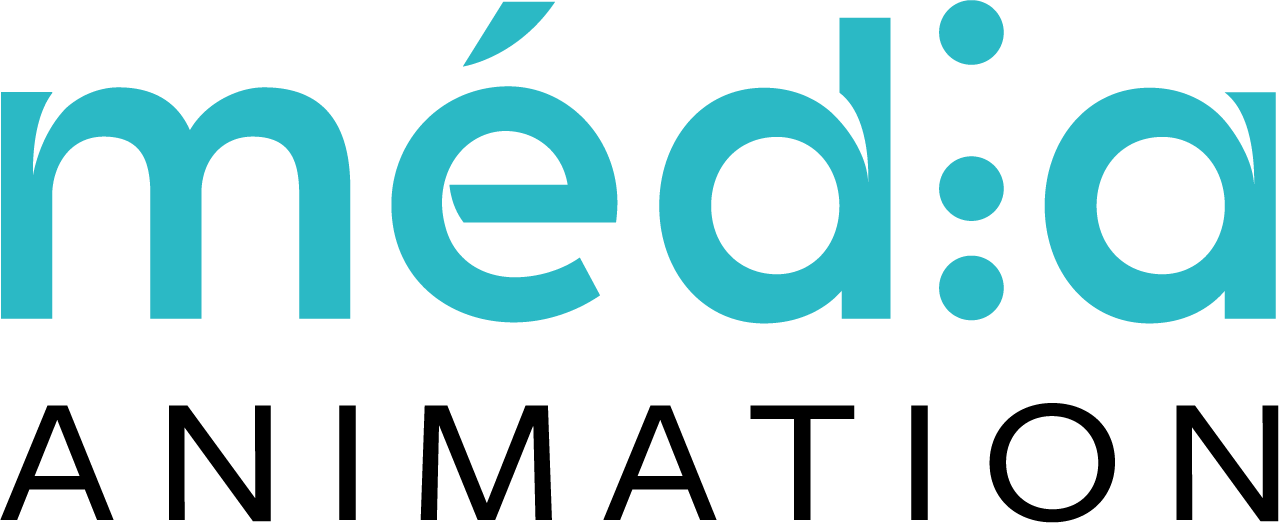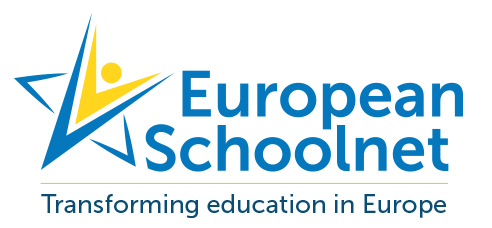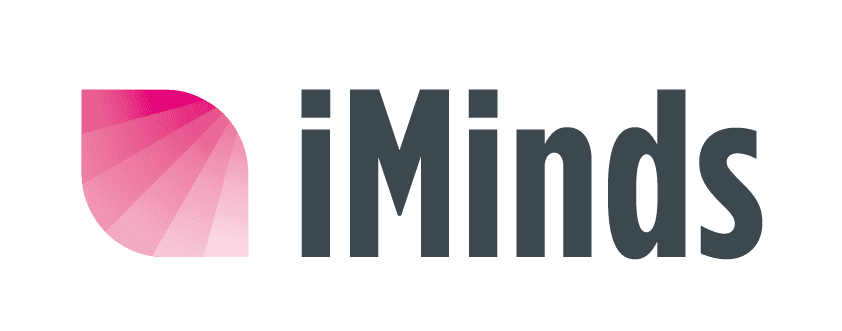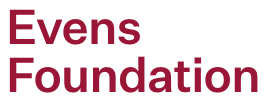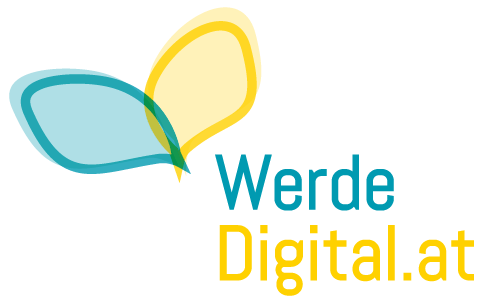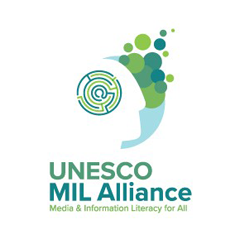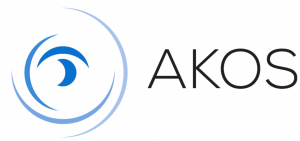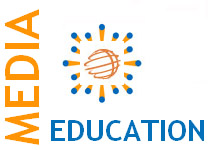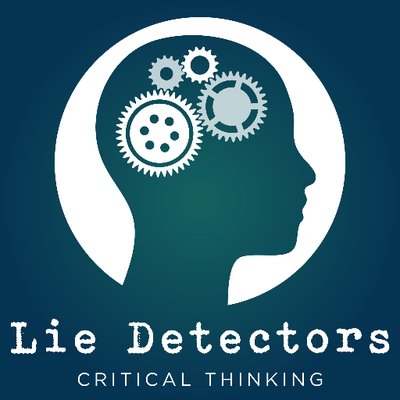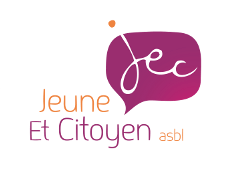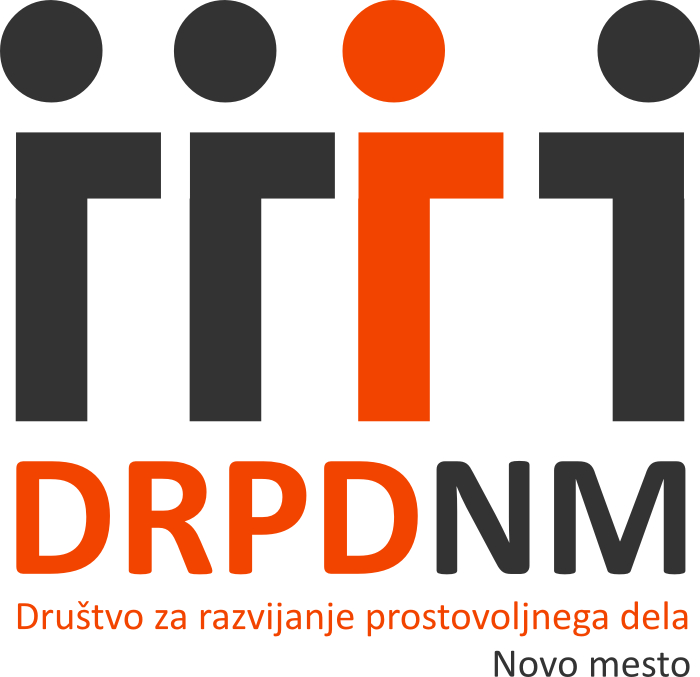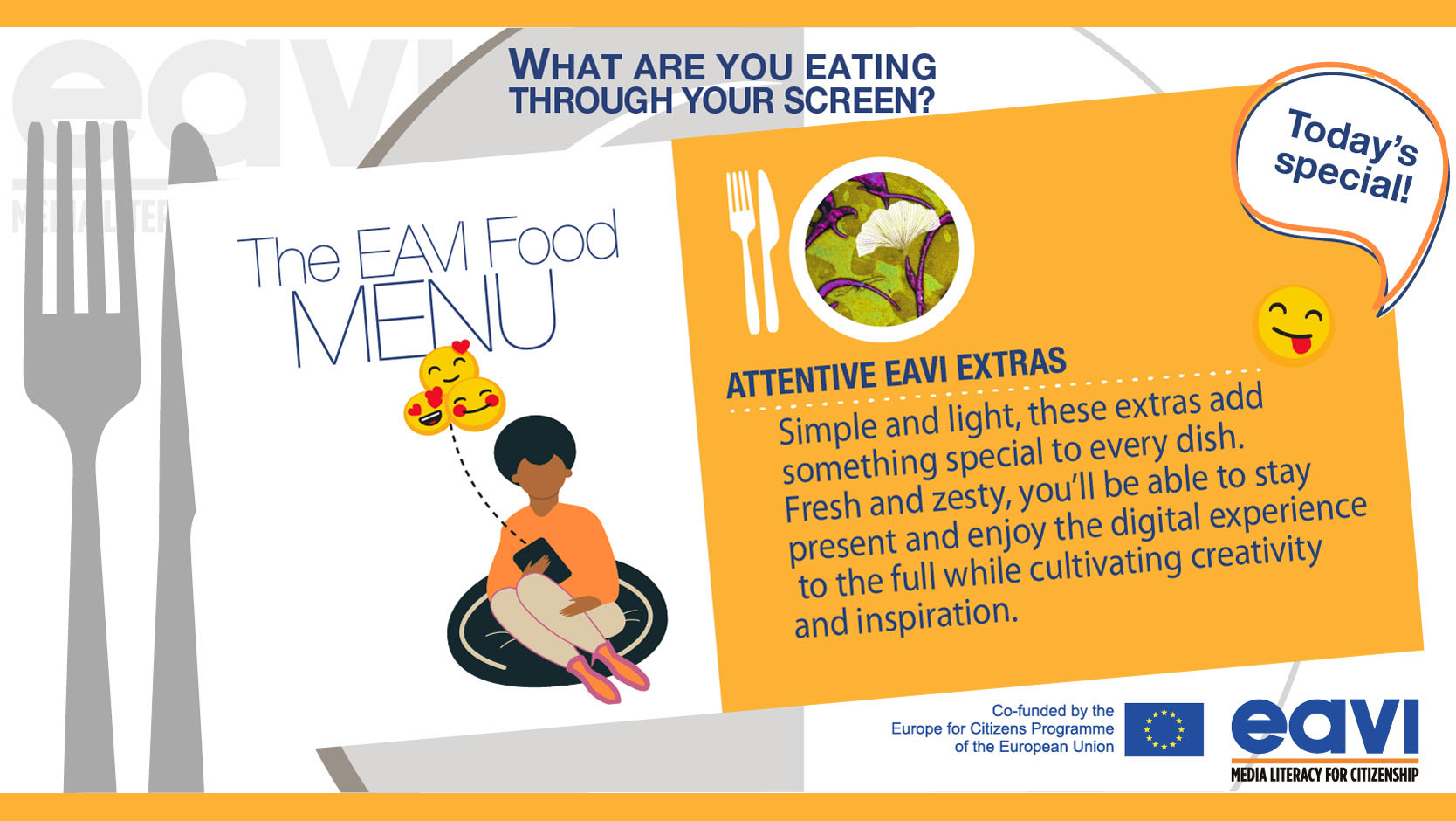
Simple and light, these extras add something special to every dish. Fresh and zesty, you’ll be able to stay present and enjoy the digital experience to the full while cultivating creativity and inspiration.
Human attention has become one of the most valuable and sought after goods worldwide, resulting in a rich plate of distractions that all too easily lure you in. This means that it’s time to consume some attentive EAVI extras! They keep you mindful, make you immune to addictive functionalities and allow you to spend your online time in a meaningful, creative and deliberate way.
Learn More
Are you a master procrastinator? Then, if you haven’t already, have a look at Tim Urban’s legendary TED-talk, which will make you feel very much understood. On a more serious note, the Netflix documentary the social dilemma and Tristan Harris’ closely related Ted-Talk provide chilling insights into social media’s attention economy and its effects on users.
Do you want to include some mindfulness practices into your day? The Headspace guide to Meditation (available on Netflix) could be a good place to start, as well as this list of free meditation resources. You could also check the Blossom app, which successfully increased well-being in one of the studies5 we reviewed.
If you often get distracted when doing research or looking for information on Youtube, you might want to try and disable the Youtube suggestions or install the Chrome extension Unhook to hide all distractions including the recommended sidebar, the endscreen video suggestions, the trending tab and more. For Facebook or Twitter, you could try the News Feed Eradicator to make sure you don’t spend hours scrolling. And finally, you could try turning off your phone notifications and set aside fixed times to check your messages to help you focus. If you’re in a more playful mood, here are some fun, experimental gadgets to help you refocus your attention and increase your digital well-being.
Resources
1: Moran, K. & Salazar, K. (2018). The Vortex: Why Users Feel Trapped in Their Devices. Retrieved from: https://www.nngroup.com/articles/device-vortex/
2: McGinty, J. C. (2017). Is Your Attention Span Shorter Than a Goldfish’s?. Retrieved from: https://www.wsj.com/articles/is-your-attention-span-shorter-than-a-goldfishs-1487340000
3: Khan, S.; Singh, J. S. K.; Kaur, D. & Arumugam, T. (2020). Mindfulness in an Age of Digital Distraction and the Effect of Mindfulness on Employee Engagement, Wellbeing, and Perceived Stress. Global Business and Management Research: An International Journal, vol. 12, no. 3
4: Henriksen, D.; Richardson, C. & Shack, K. (2020) Mindfulness and creativity: Implications for thinking and learning. Thinking Skills and Creativity, vol. 37. doi: 10.1016/j.tsc.2020.100689.
Mindfulness practices improve skills or habits of mind that can support creativity
5: Schauer, T. & Diefenbach, S. (2020). Effects of technology-based mindfulness training on wellbeing and stress. Internal Medicine Review, vol. 7, issue 1. doi: 10.18103/imr.v7i1.901
6: Charoensukmongkol, P. (2015). Mindful Facebooking: The moderating role of mindfulness on the relationship between social media use intensity at work and burnout. Journal of Health Psychology, vol. 21, issue 9. doi: 10.1177/1359105315569096
7: Lukoff, K.; Lyngs, U.; Gueorguieva, S.; Dillman, E. S., Hiniker, A. & Munson, S. A. (2020). From Ancient Contemplative Practice to the App Store: Designing a Digital Container for Mindfulness. DIS ’20: Proceedings of the 2020 ACM Designing Interactive Systems Conference, pp. 1551–1564. doi: 10.1145/3357236.3395444
